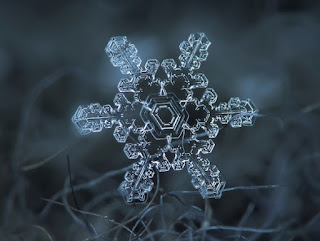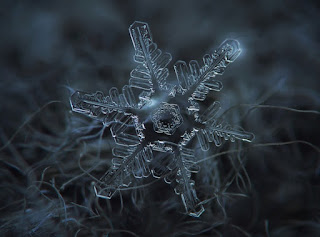 |
| András Kolbert/ index.hu |
The Eurasian Hoopoe is found widely across Africa, Europe and Asia. A member of the order Coraciiformes, it is closely related to hornbills, kingfishers and bee-eaters. It lives year round in Central Africa; large numbers of the species nest annually across Europe and Asia. They favor a varied habitat with access to scrub for foraging insects, but owing to a characteristic migratory zeal, they are no strangers to more extreme settings. A hoopoe was spotted traversing the Himalayas on the first British Everest expedition in 1922 at an elevation greater than 6000 feet. In 1975, one was seen in the Yukon Delta in Alaska.

In Ancient Egypt, the hoopoe was considered sacred; illustrations of it are found in tombs and on papyrus. Revered for monogamy and intergenerational loyalty, it was a popular pet for children. Farther east, it was considered one of Solomon’s birds in the bible, honored with a crown for shielding the king from the sun, or as some sources suggest, for acting as a messenger between Solomon and the Queen of Sheba. When other birds became jealous and hunters became greedy for it, the gold crown was replaced with one of feathers.
 |
| Hungarian Ornithological and Nature Conservation Society's 2015 Bird of the Year. http://felegyhazikozlony.eu/sa_hirek/i_napi_pozitiv_26/i_a_bubos_banka_lett_iden_az_ev_madara_3175 |
The hoopoe makes a nest in the hollows of trees, cliffs or even buildings, and during incubation seals the entrance hole with mud. The word adobe is said to come from one Egyptian name for the hoopoe: Db. As further protection against predation or parasites, the female hoopoe and her nestlings secrete from uropygeal glands a foul smelling liquid which lines the nest and is spread on feathers. It’s thought in some circles that the expression «it’s an ill bird that fouls its own nest» was inspired by this behavior. The nesting female is also able to aim its feces at intruders with accuracy.
The blood, eyes, heart and feathers of the hoopoe were said to ward off evil. Also considered magical was the lapis quirinus, a stone said to be found in the hoopoe’s nest. Artifacts of the bird are still sold for incantatory purposes on the black market in Morocco.
 |
| Voted the National Bird of Israel in 2008, beating out the White Crested bulbul |
It is called by many
names:
Albanian - pupëzen
Amharic - ጅንጅላቴና (jinijilatēna)
Arabic - الهدهد (al-hudhud)
Azerbaijani - şanapipik
Basque - argi-oilarra
Chinese - 戴胜 (dài shèng - "wear headdress")
Egyptian - qqpt (koukipat), db (doobe)
Estonian - laanekägu
Finnish - harjalintu
French - huppe
German - Wiedehopf
Greek - τσαλαπετεινός (tsalapeteinos)
Hebrew - דוכיפת (dokhifat)
Hindi - हुदहुद (hudhud)
Hungarian - búbos banka
Italian - upupa
Japanese - 戴勝 (yatsugashira - "eight head")
Latvian - bada dzeguze
Lithuanian - kukutis
Luxembourgish - mitock
Malagasy - takidara
Maltese - daqquqa tat-toppu
Mandarin - 鵖鴔 (bī fú)
Portuguese - poupa
Romanian - pupăza
Russian - удод (udod)
Spanish - abubilla
Swahili - hudihudi
Swedish - härfågel
Thai - นกกะรางหัวขวาน (nók kà-raaŋ hŭa-kʰwăan -
axe-headed laughing thrush)
















